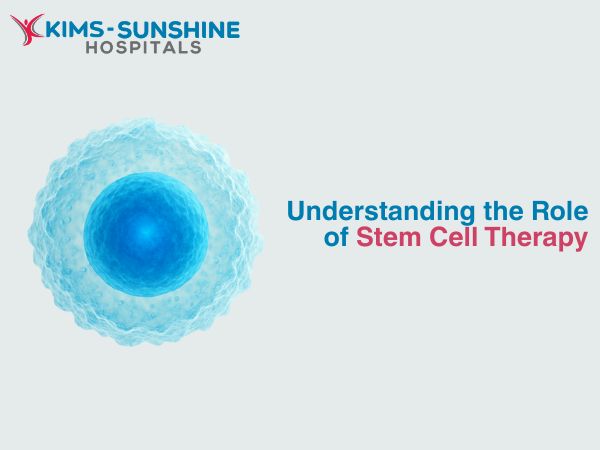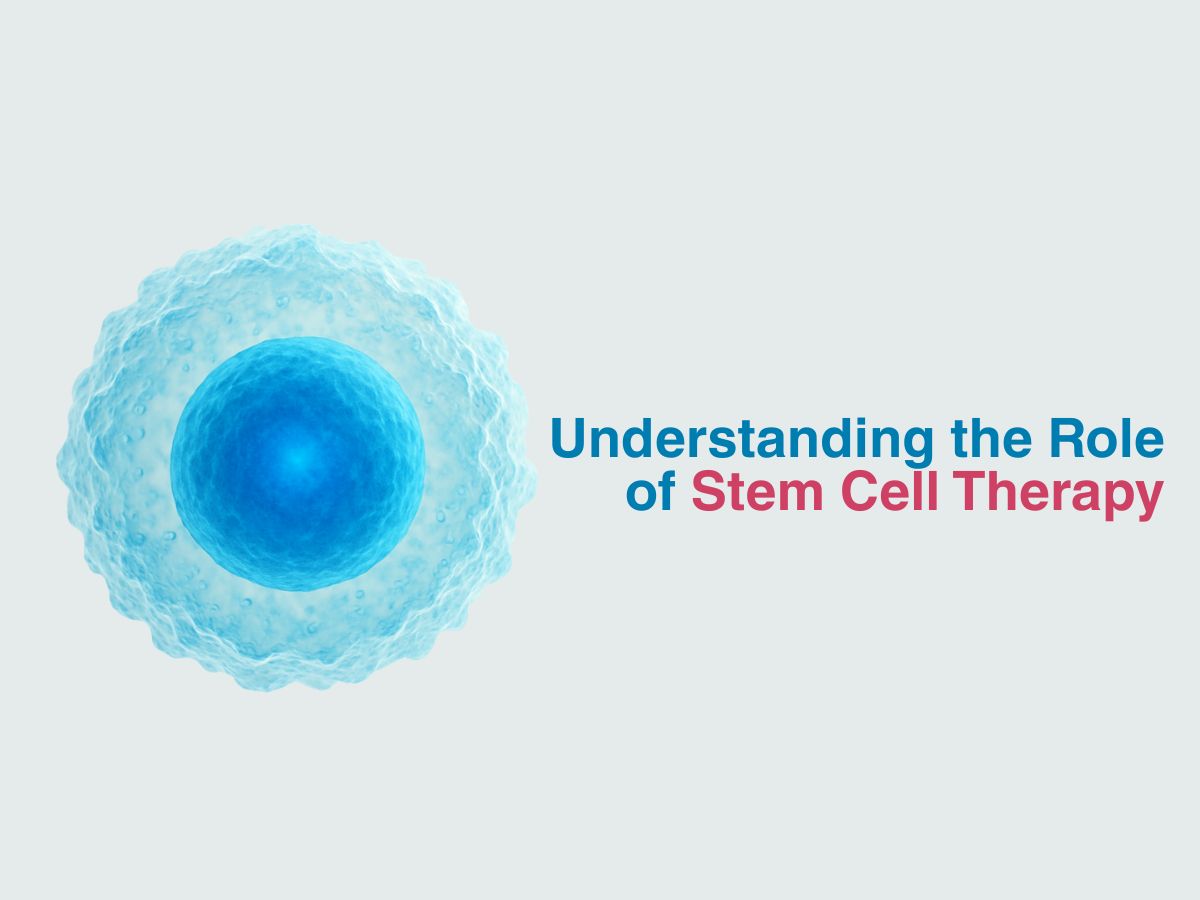
Understanding the Role of Stem Cell Therapy

Stem cells are special cells that have the ability to divide an form a whole organism- complete with different kind of tissues- solid and fluid and everything in between- which means these cells are first seen after fertilisation, when the embryo forms and when it divides repeatedly to form a foetus. Without these stem cells, you would not exist at all! What happens after all organs are formed and every system is working and in place? You have a maintenance crew of specific stem cells found in definite pockets in different organs in the body, except for the heart. Since stem cells can divide so well and give rise to so many different kinds of cells, scientists have been trying to use them to cure different kinds of diseases. Not all experiments or conjectures have worked, but one place it has worked beautifully is in treating blood cancers.
What Is Stem Cell Therapy And How Does It Work?
Stem cells are cells that can keep dividing to give highly specialised types of cells which can then form tissues, organs, organ systems and so on. Only they can thus help replenish lost cell populations or repair any damaged tissue in the body. Scientists believe that by using these specific stem cells, we can culture them or expand them to form specific kinds of cells which can then be surgically implanted or injected into people who have specific issues- like tissue injury, stroke, cancers, etc.- wherever the right kinds of cells are not found at the right numbers. So, mesenchymal stem cells help replenish muscle, fat or cartilage tissue. Blood cells are made in the bone marrow by the haematopoietic stem cells. Basal stem cells divide to give rise to skin cells. There are different kinds of stem cells too.
Types Of Diseases Treated With Stem Cell Therapy
Blood cancers and blood disorders have long been treated with haematopoietic stem cells. Examples include certain anaemias, lymphomas, leukaemias, inherited red cell abnormalities, etc. where the cancerous cells in the bone marrow are first killed off by rigorous chemotherapy and radiation therapy. Then, healthy stem cells are taken from a donor and implanted into the bone marrow, so that a normal population of blood cells can then populate the body. With this procedure, the blood type of the recipient (the one who gets the normal cells) can change too. If someone has a broken bone, then stem cells from a healthy donor can also be taken and injected, to help new bone form. Cord blood left in the umbilical cord after delivery can be banked or stored indefinitely and has therapeutic uses too. It is the only FDA approved source for using embryonic stem cells.
Immune disorders, metabolic disorders, phagocyte disorders and solid tumours can also be treated with stem cell therapy.
Difference Between Stem Cell Therapy And Traditional Treatments
Normal surgical treatment can remove damaged or injured tissue but there is a deficit of healthy tissue afterwards. Doctors hope to use stem cells to hence bridge that gap and help provide fresh, healthy cells or tissue for therapy. Stem cell therapies can often use the person’s own stem cell reserves, which means there is no chance of rejection.
Stem Cell Therapy Procedure And Recovery Time
The patient’s own cells may be used for therapy (autologous transplant) or it may be taken from a healthy donor (allogeneic cells) and they may be injected over a few weeks or months, depending on the severity of your condition. This is because you first need to harvest the right stem cells, then infuse them using a central line and then see how the patient recovers. Recovery can take a short time like a few months to over a year and it depends on various factors. Some people may have side effects and may be at a higher risk of suffering from opportunistic infections.
Conclusion
Stem cells were discovered in the 1960s by Canadian researchers. Since then, researchers have been working in a frenzy trying to take cells and then convert them into specific types, spo that they can be used to treat specific conditions. While embryonic stem cells are the most potent, they are not available for use, as they can keep dividing and even cause cancer. This is why scientists in recent years have tried to reprogram adult stem cells or mesenchymal stem cells to form different kinds of cells which can then be used for transplantation or as effective drug monitoring tools. But, stem cell therapy is pretty expensive, experimental and not available to everyone. It remains to be seen how this mode of treatment can serve future generations.
Frequently Asked Questions
What is stem cell therapy and how does it work?
How safe is stem cell therapy, and are there any risks involved?
What conditions can stem cell therapy treat effectively?
Is stem cell therapy approved by medical authorities and regulated?
How much does stem cell therapy cost, and is it covered by insurance?






